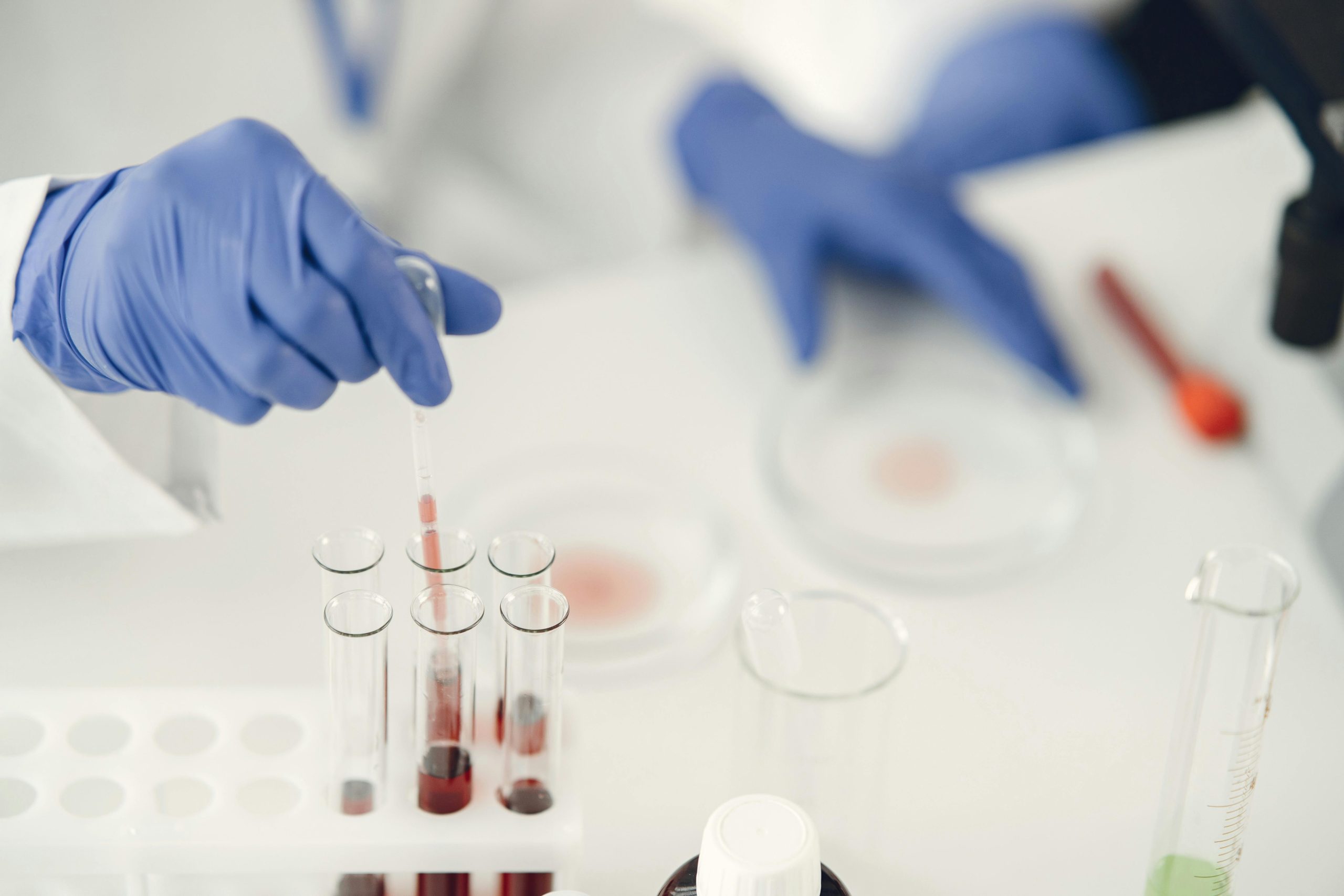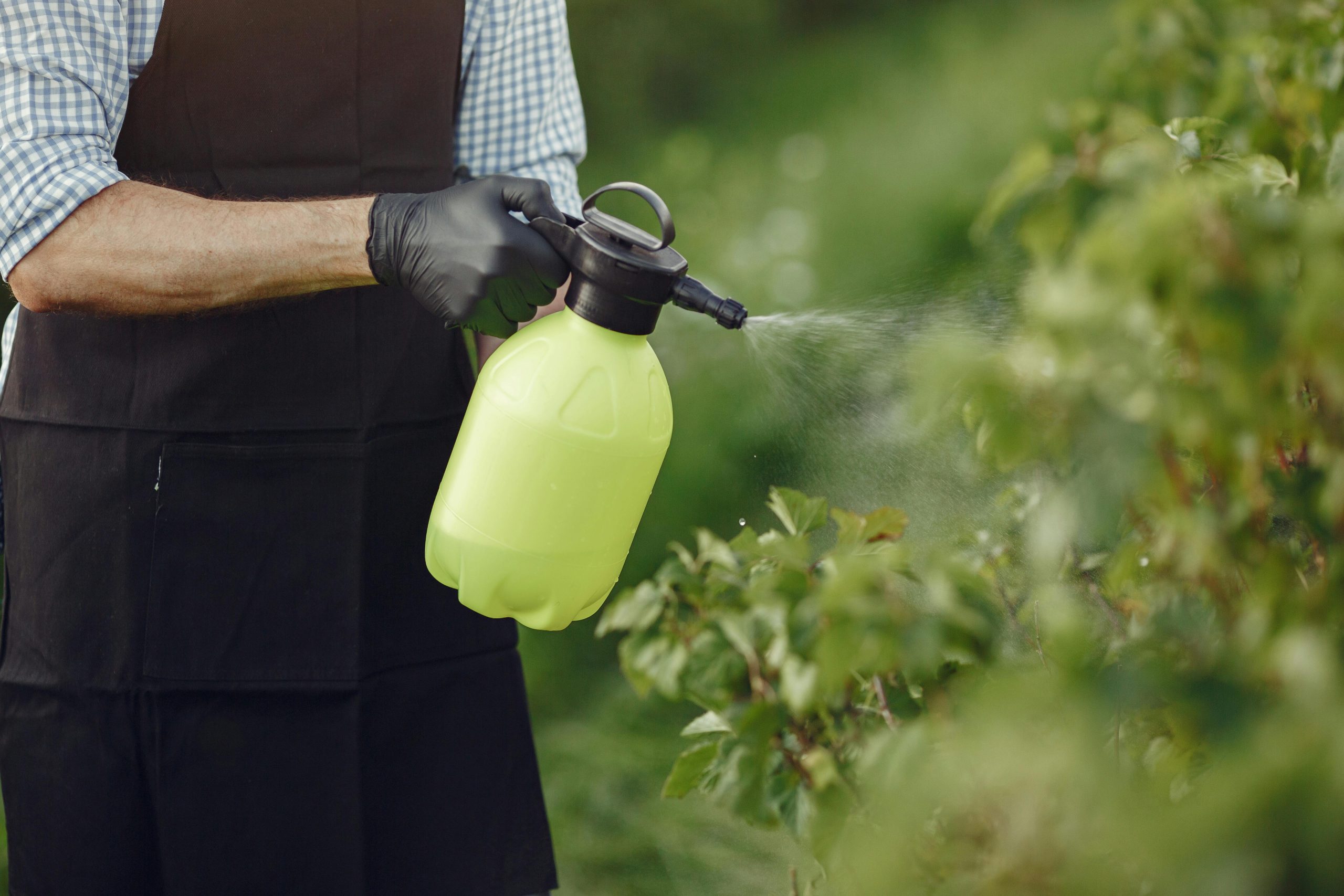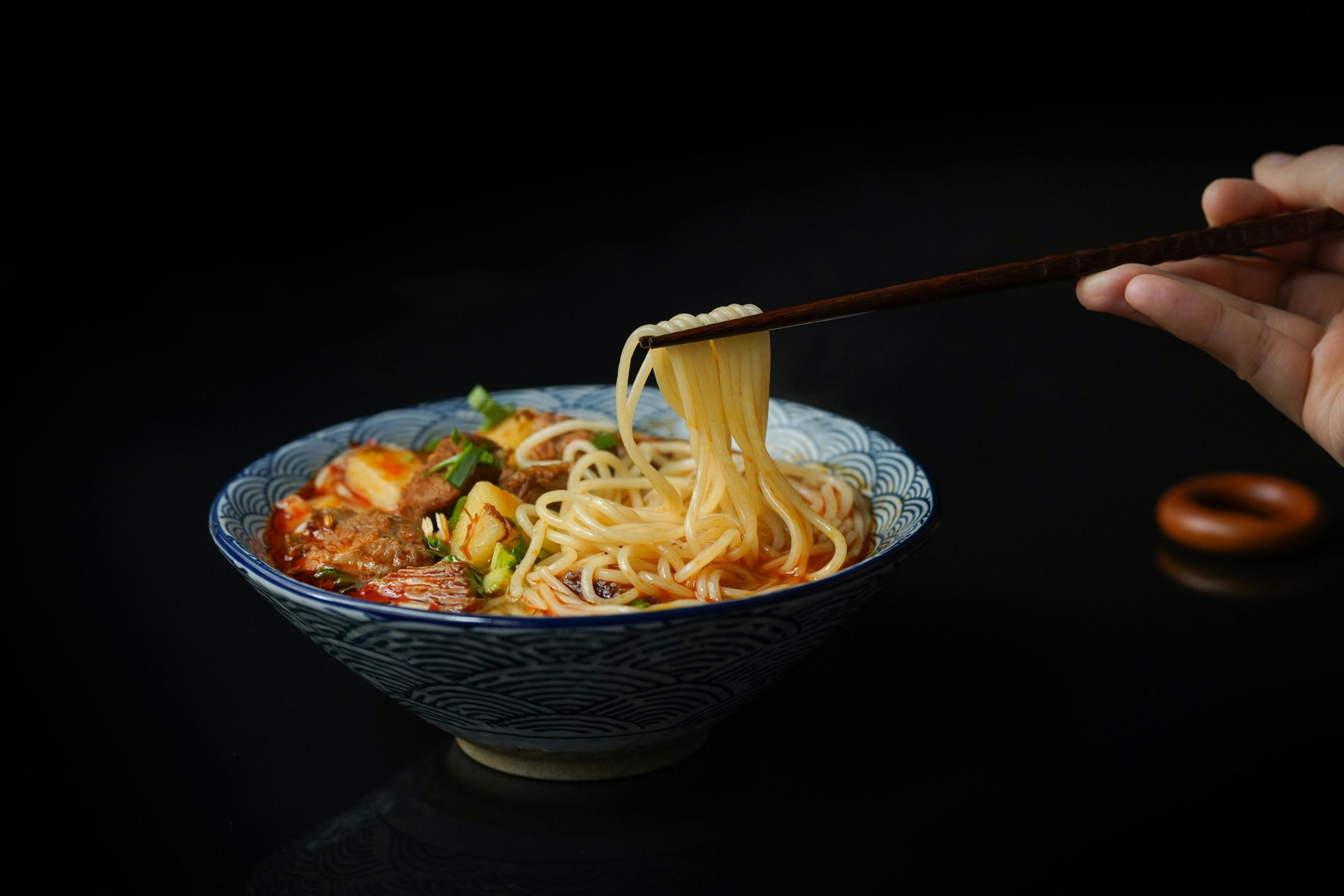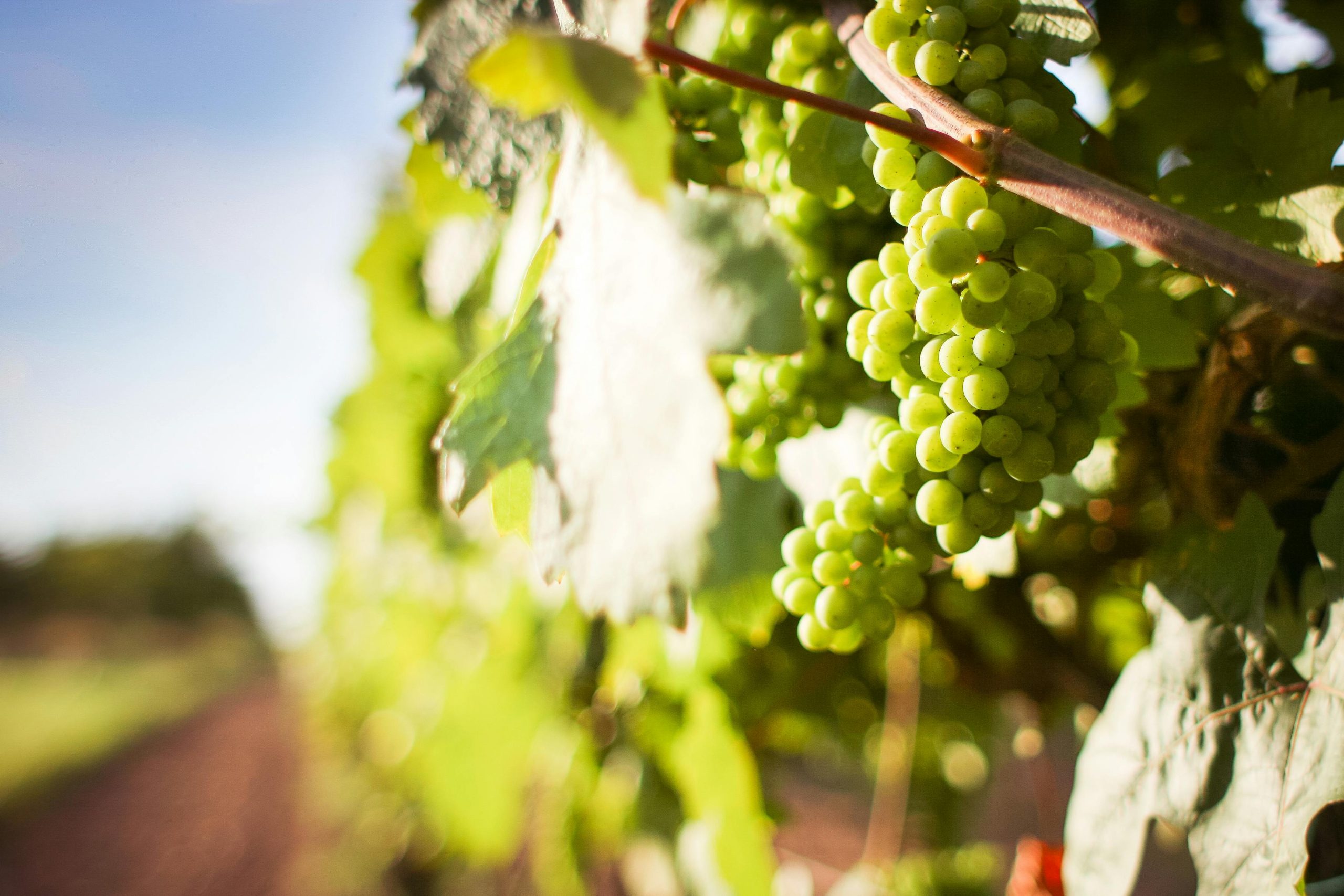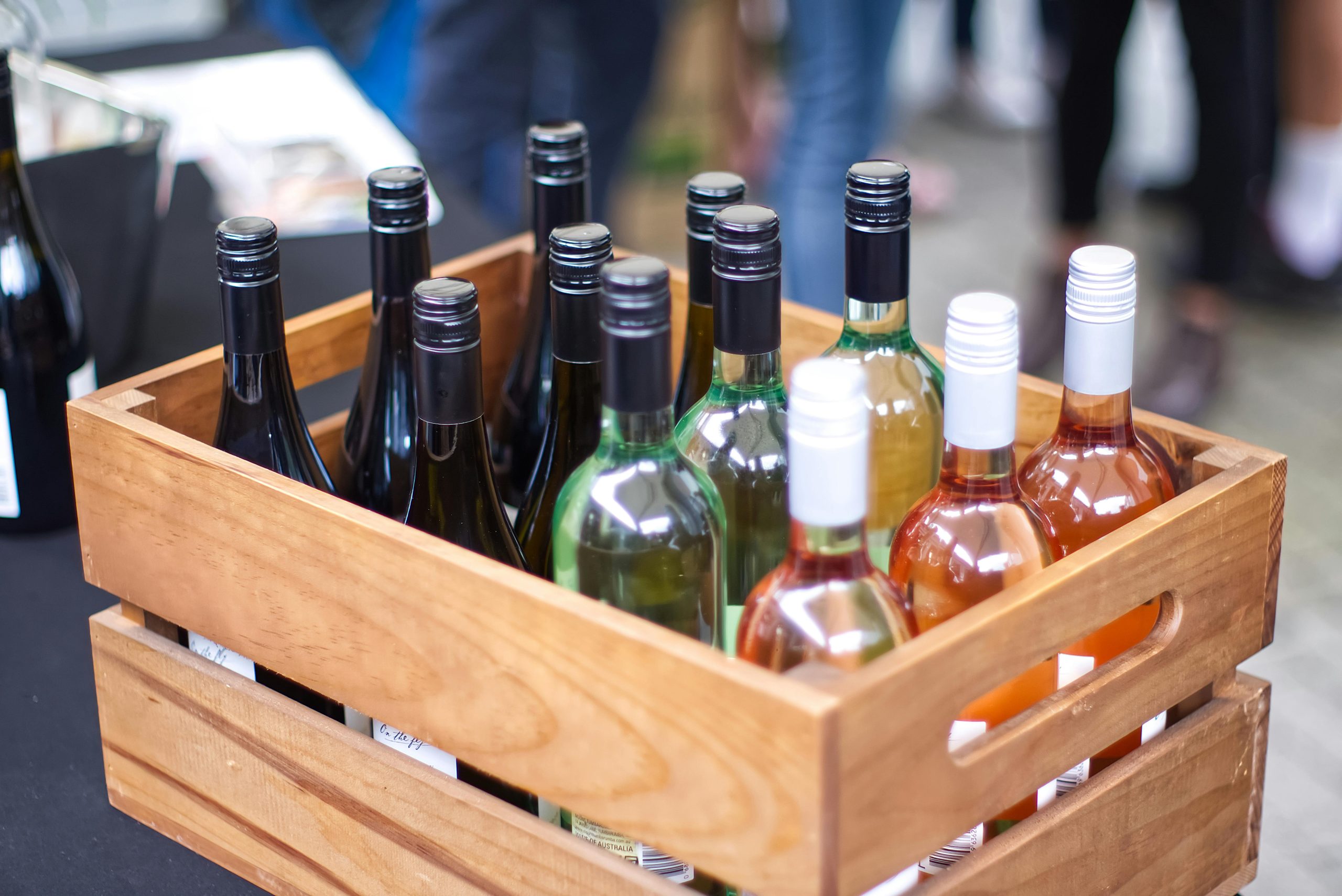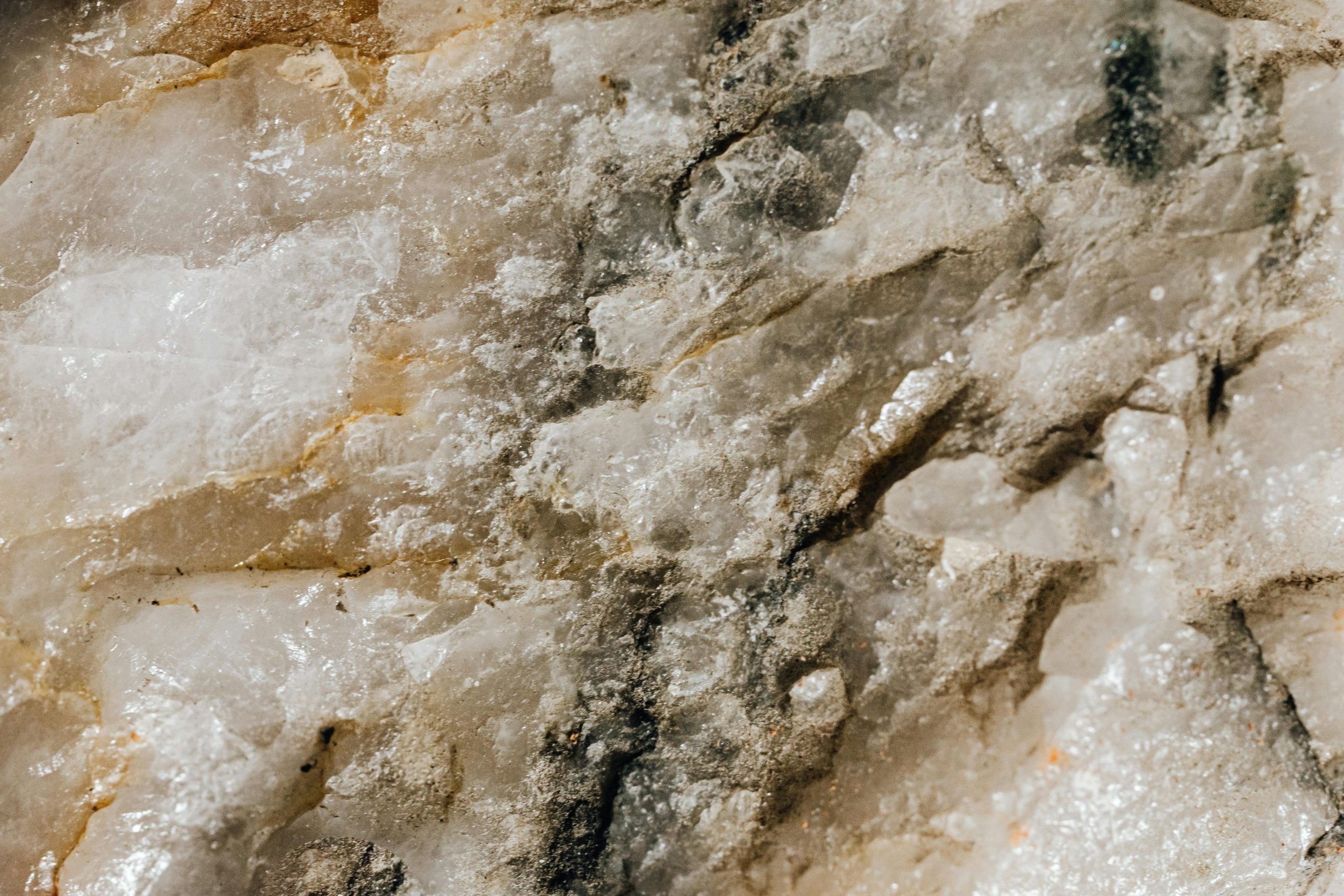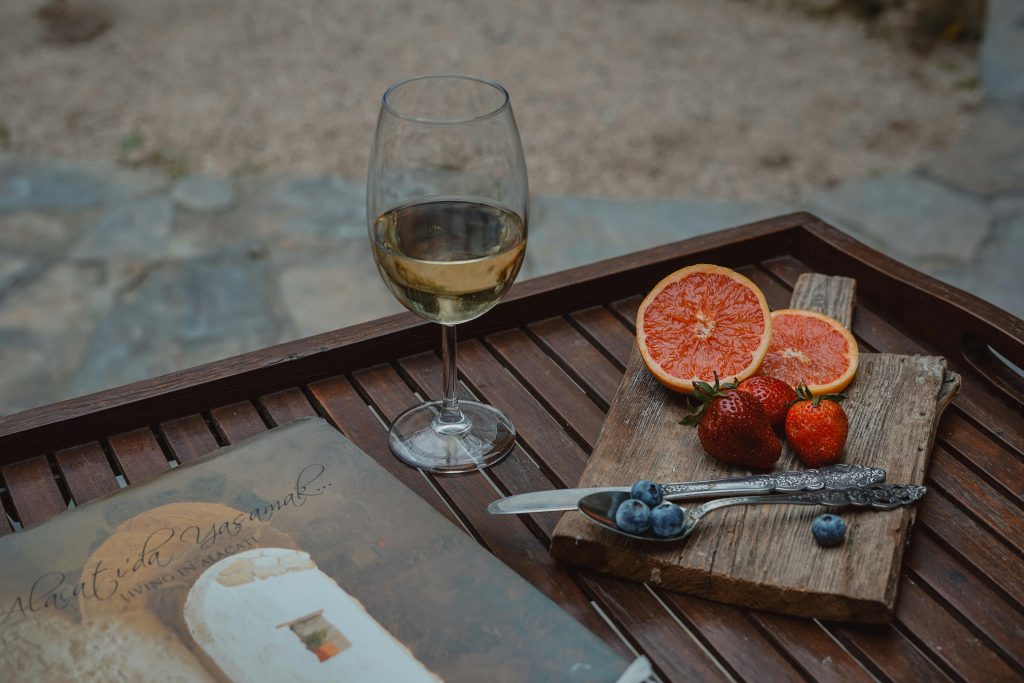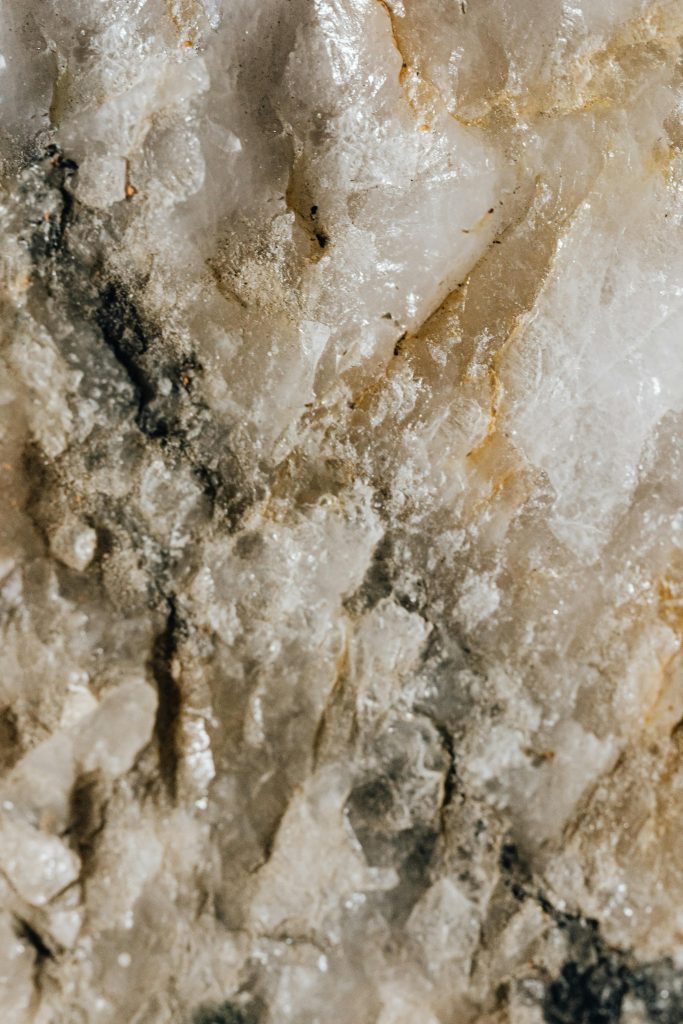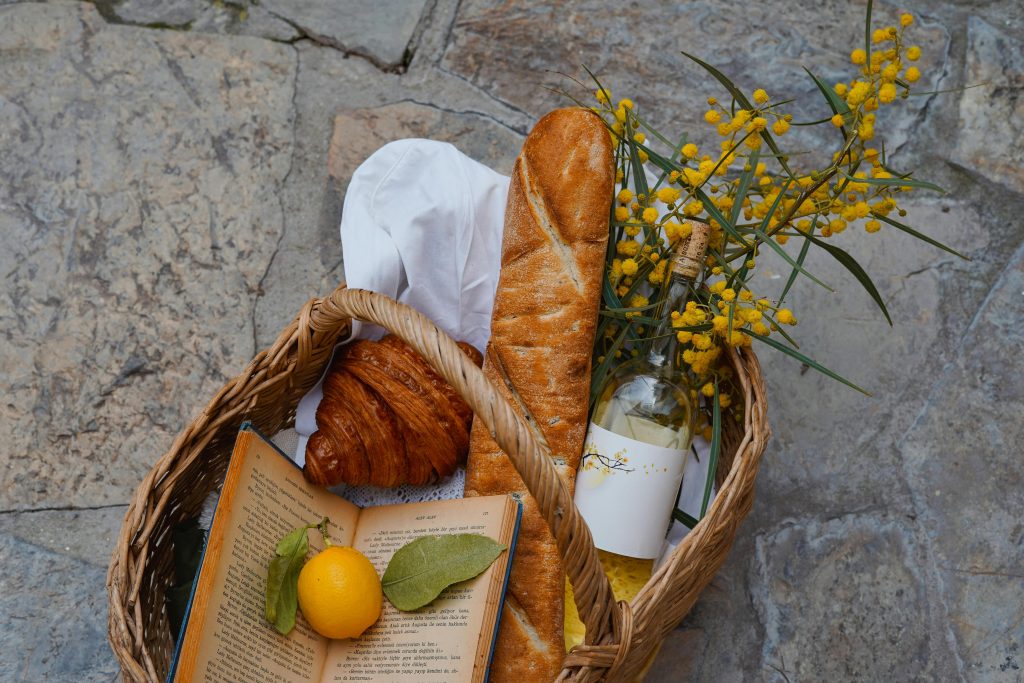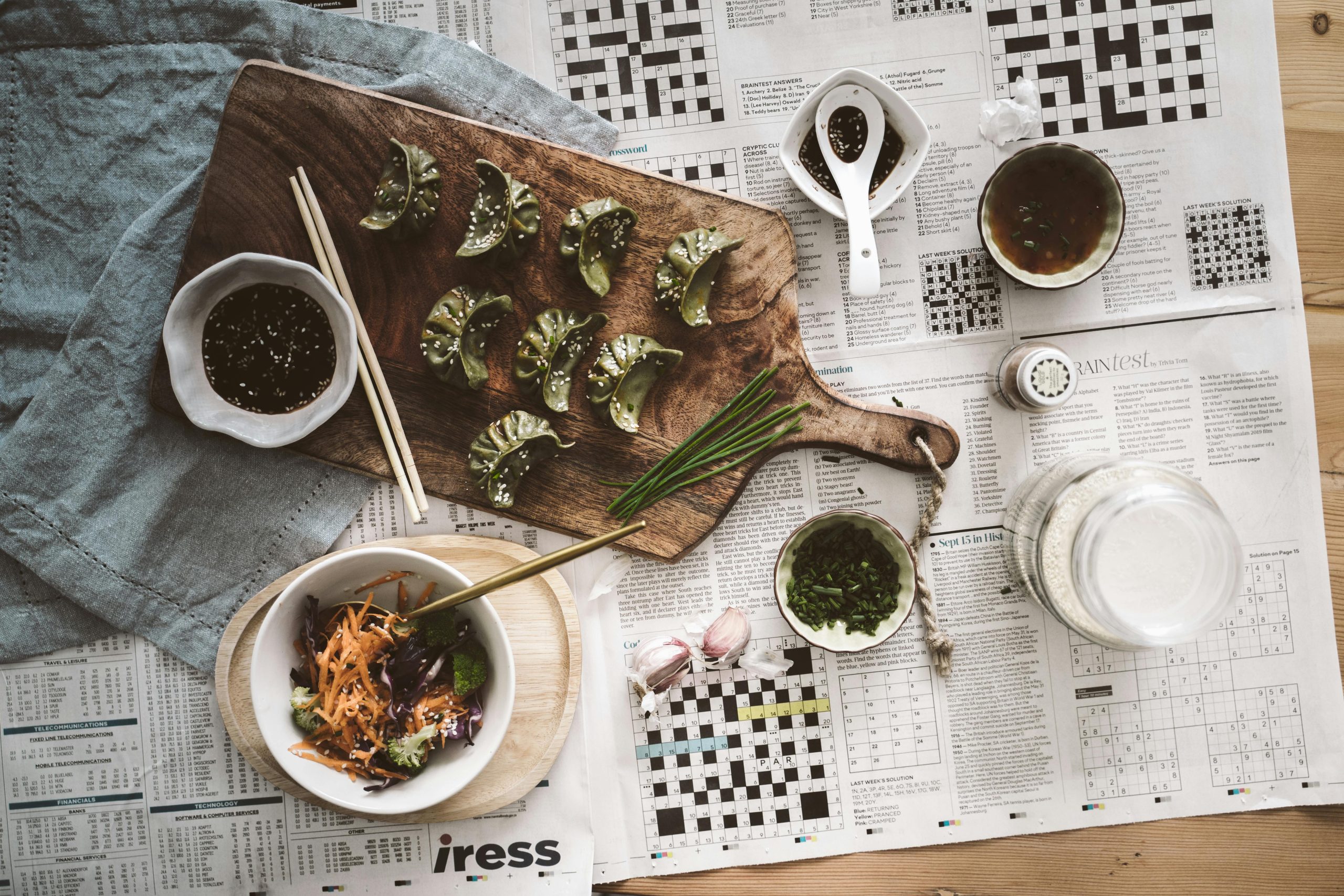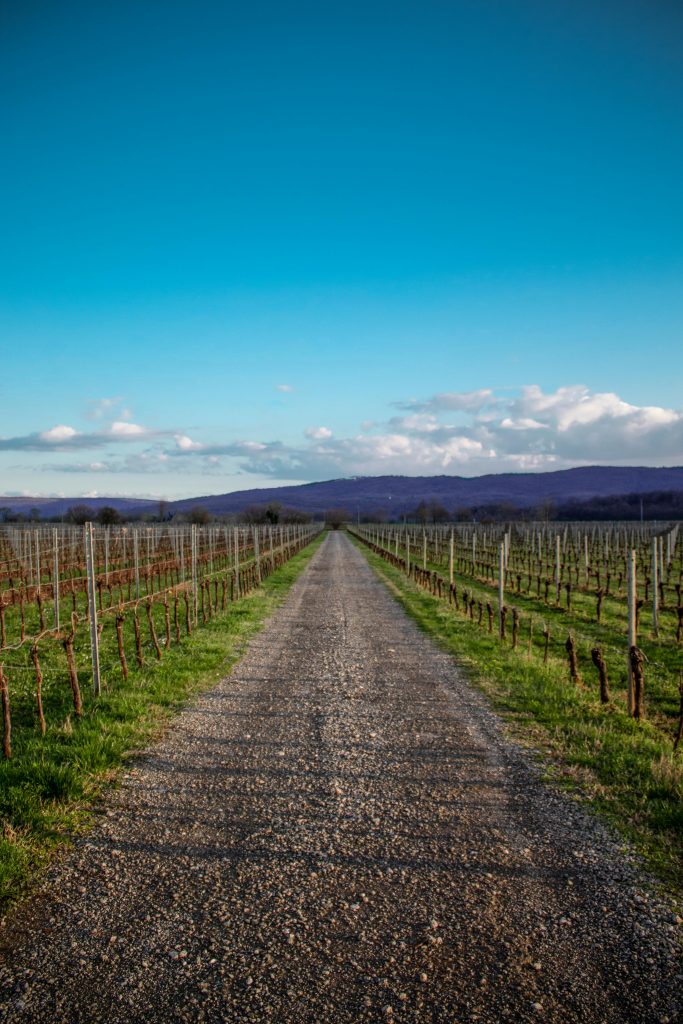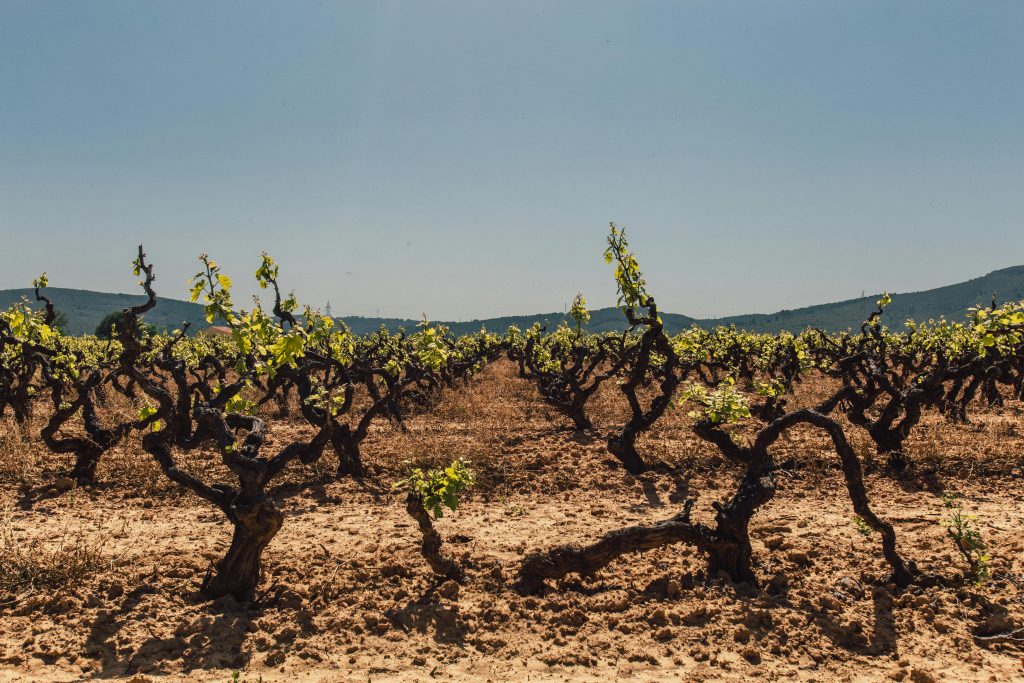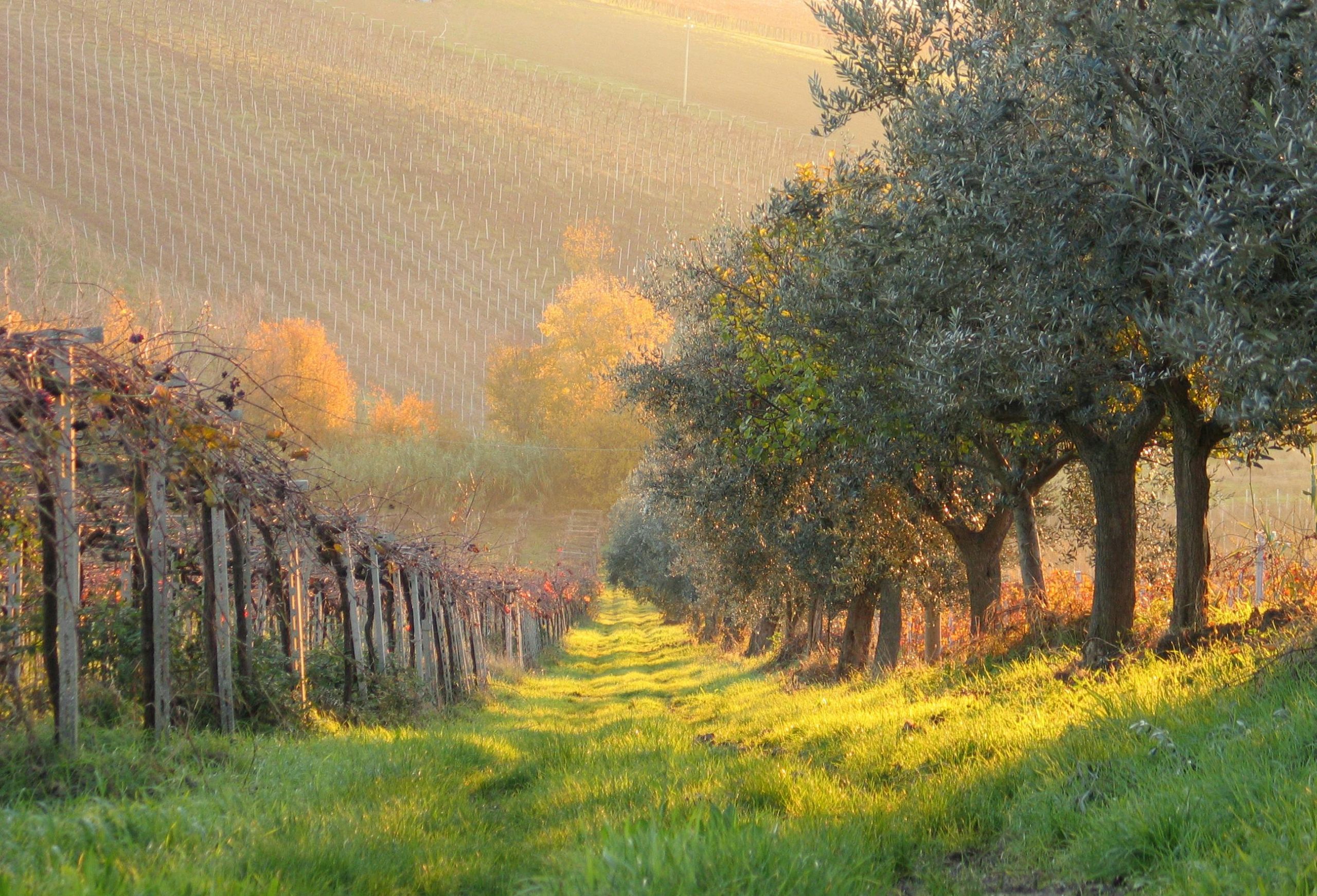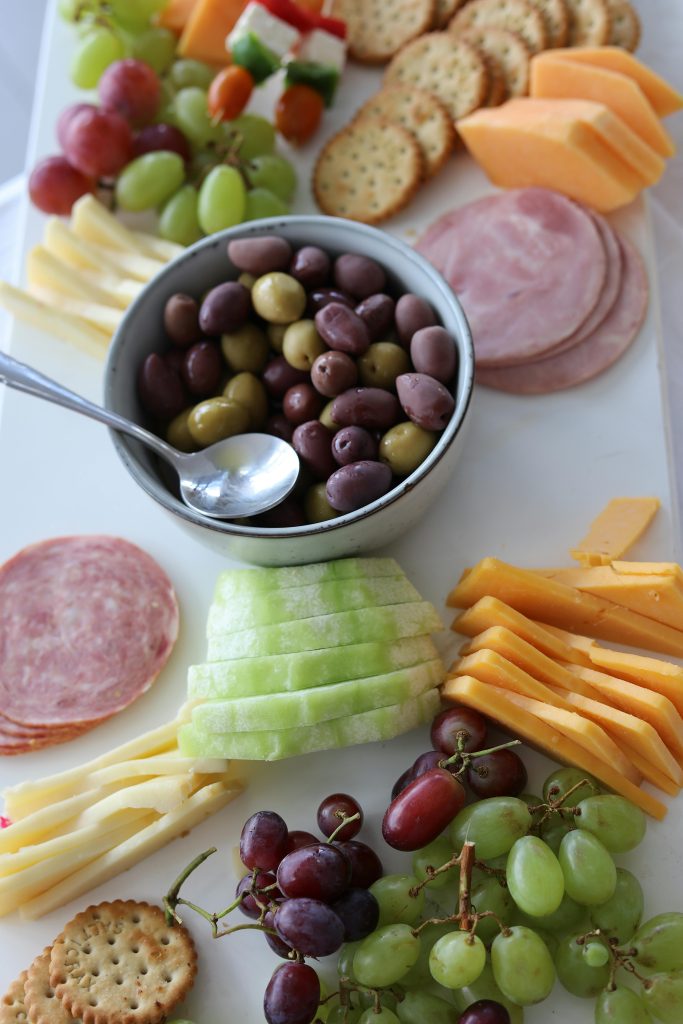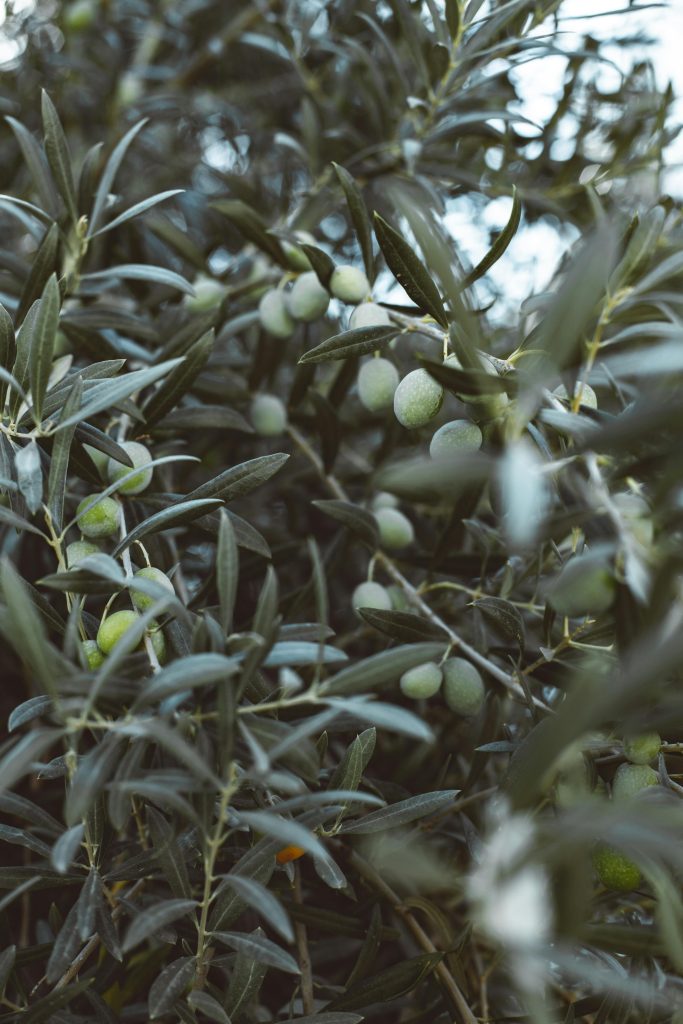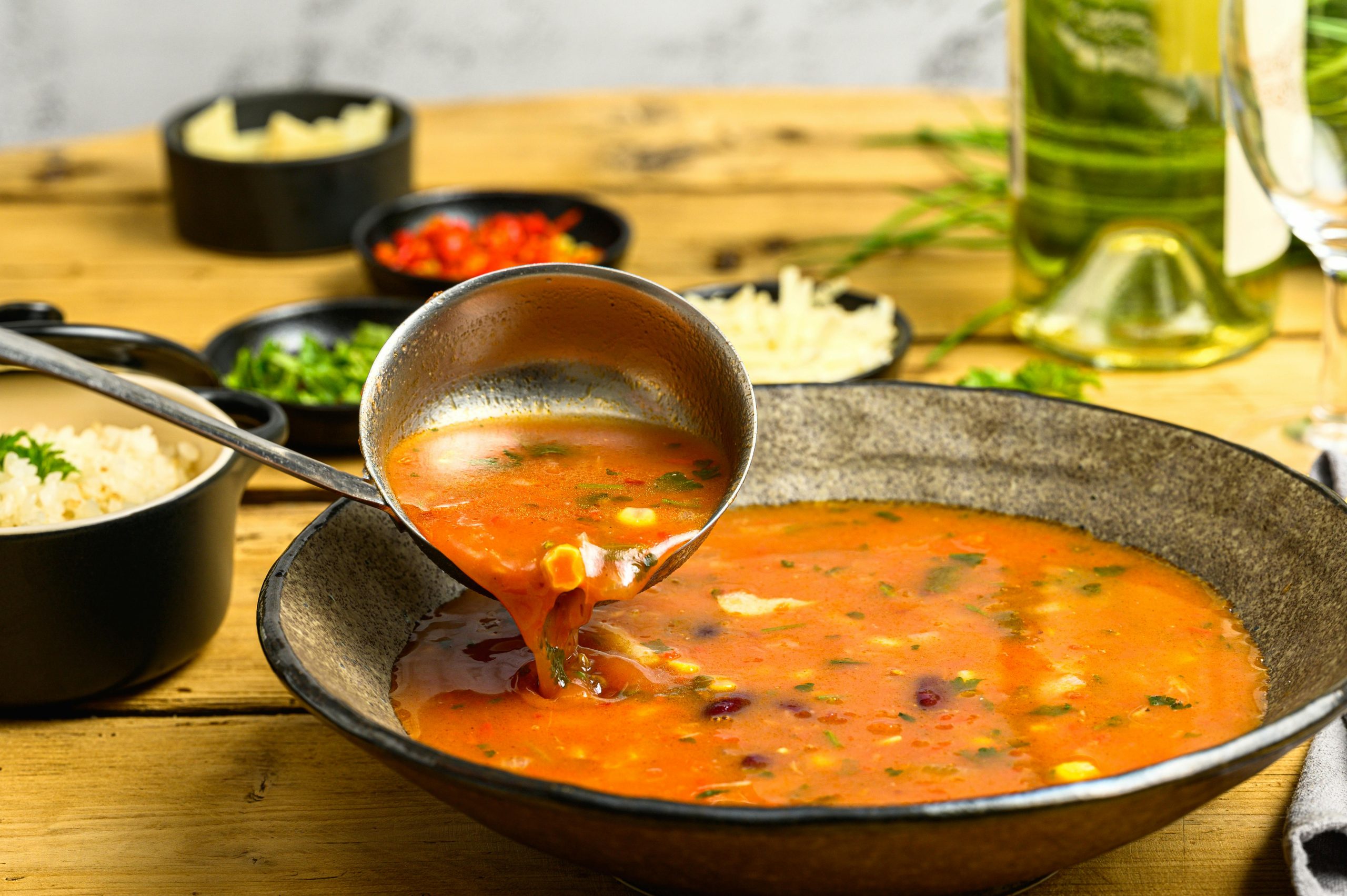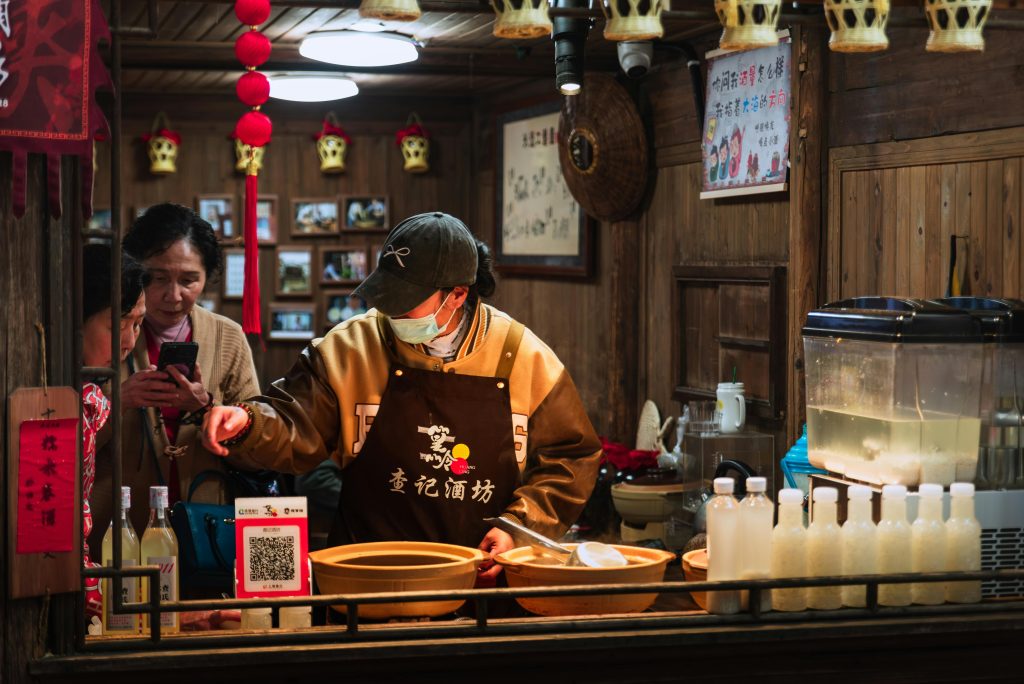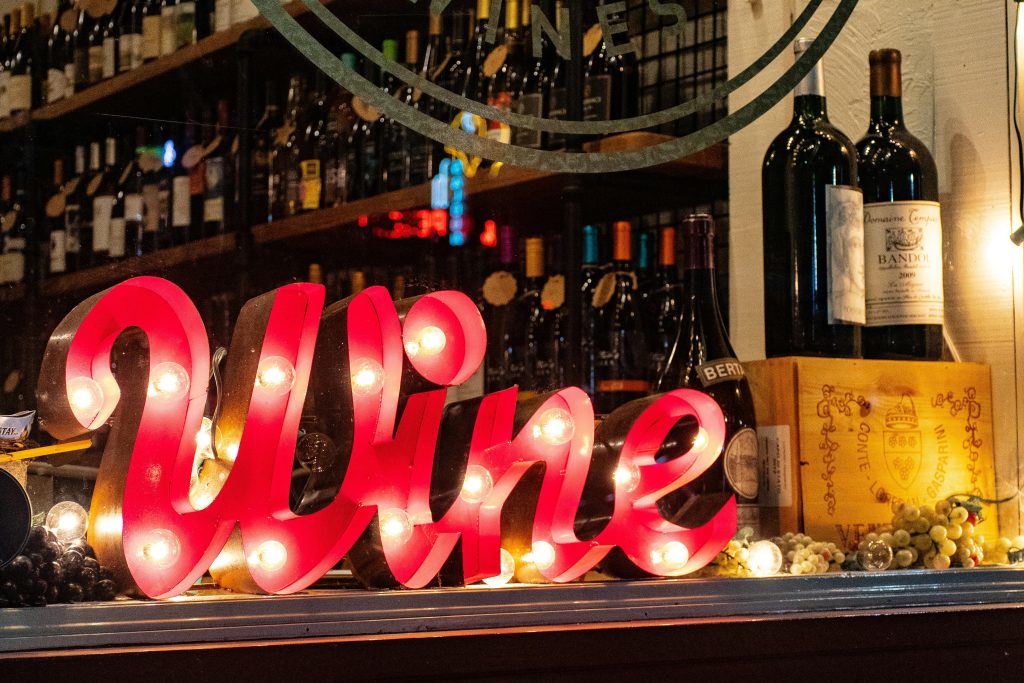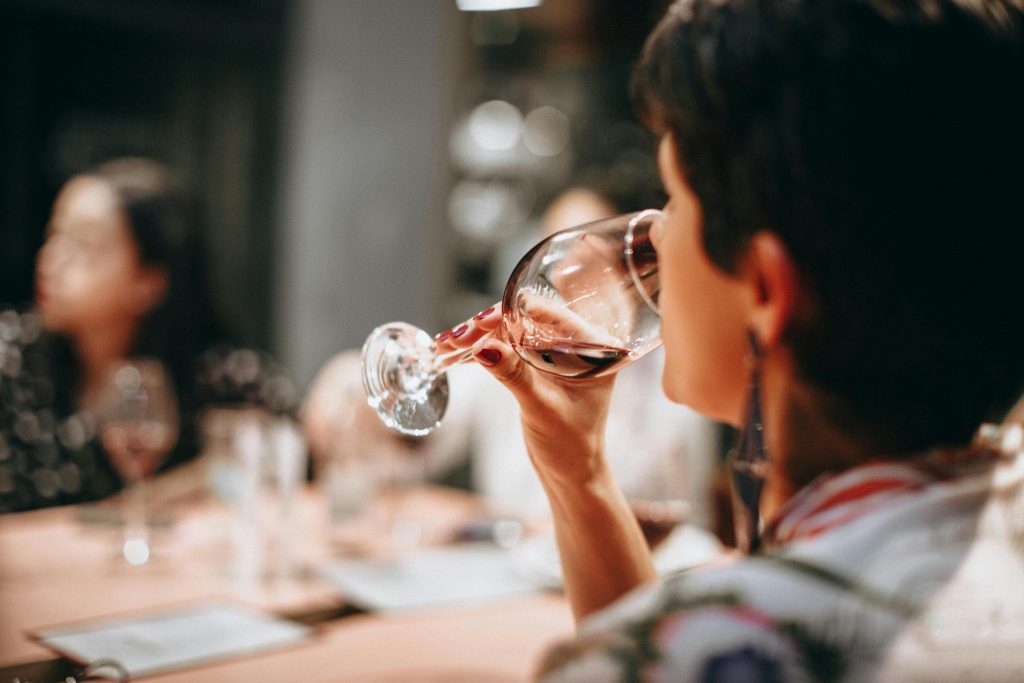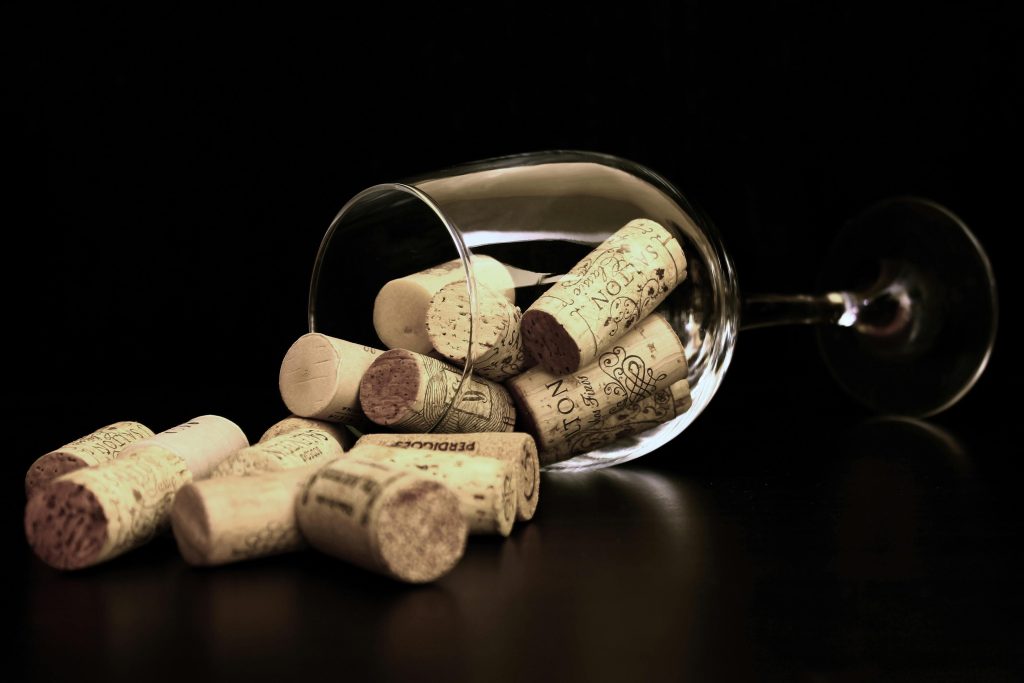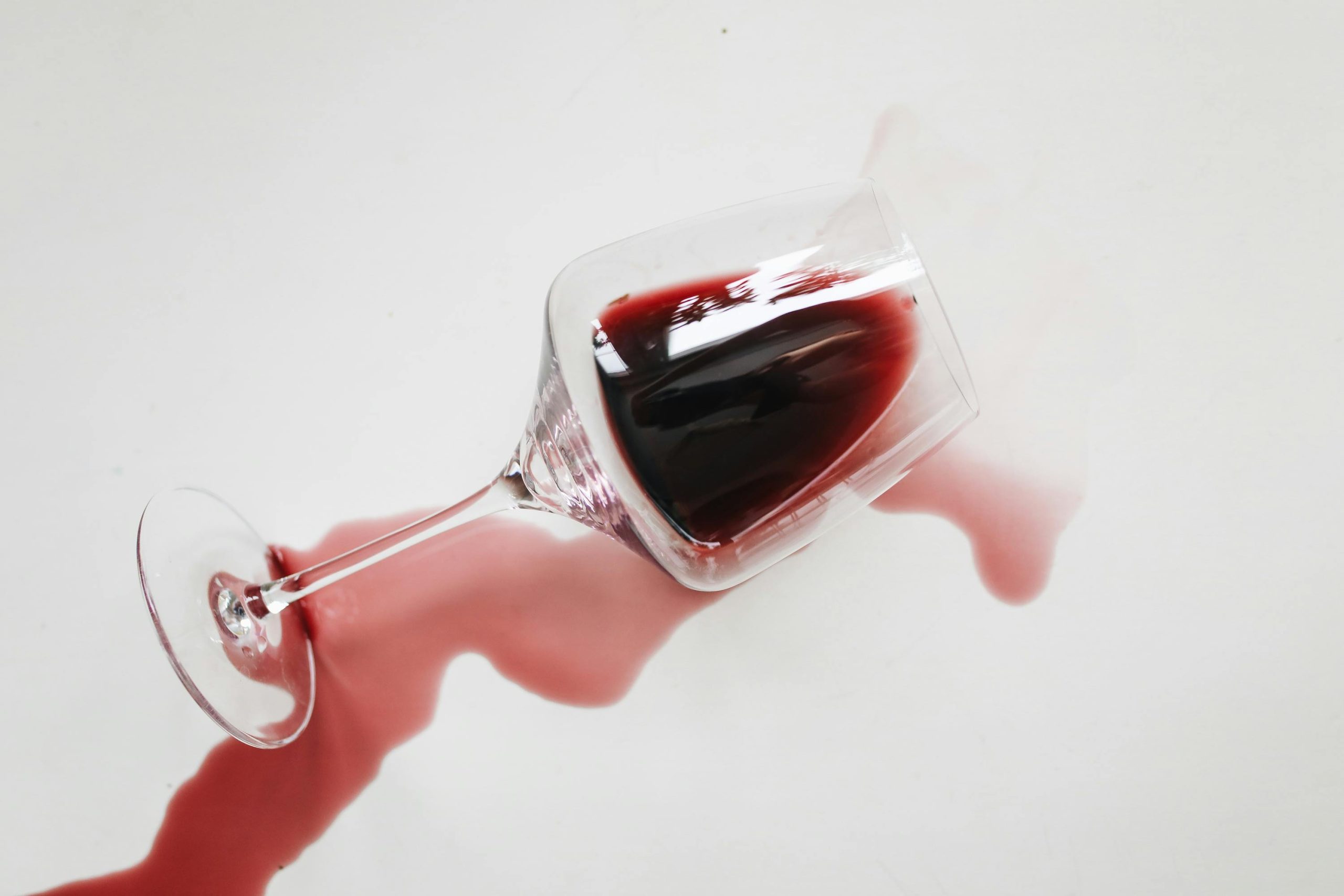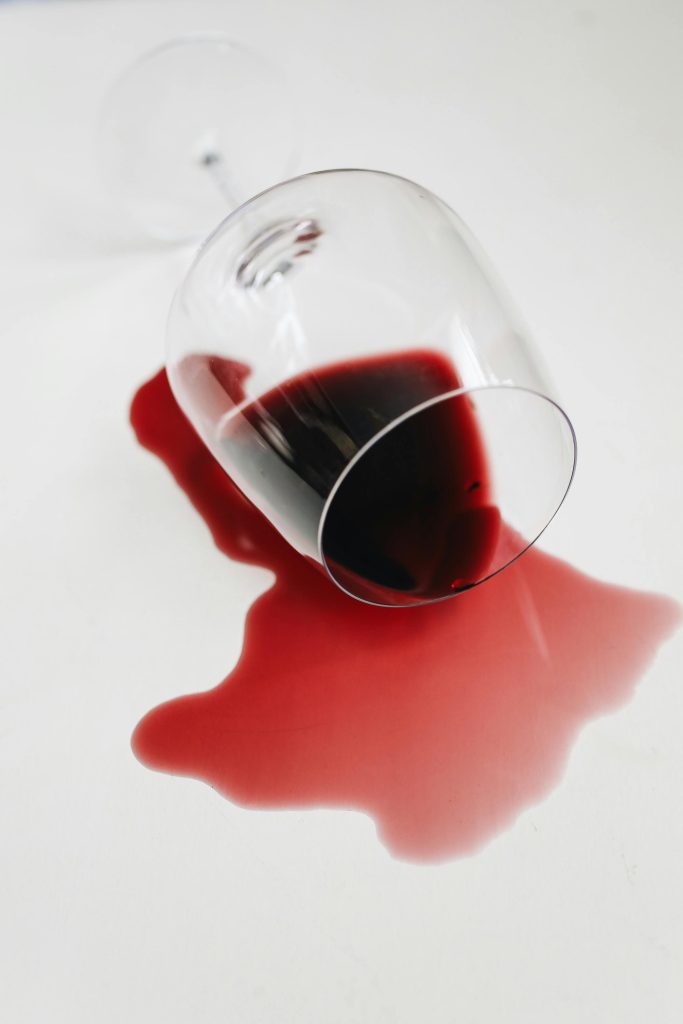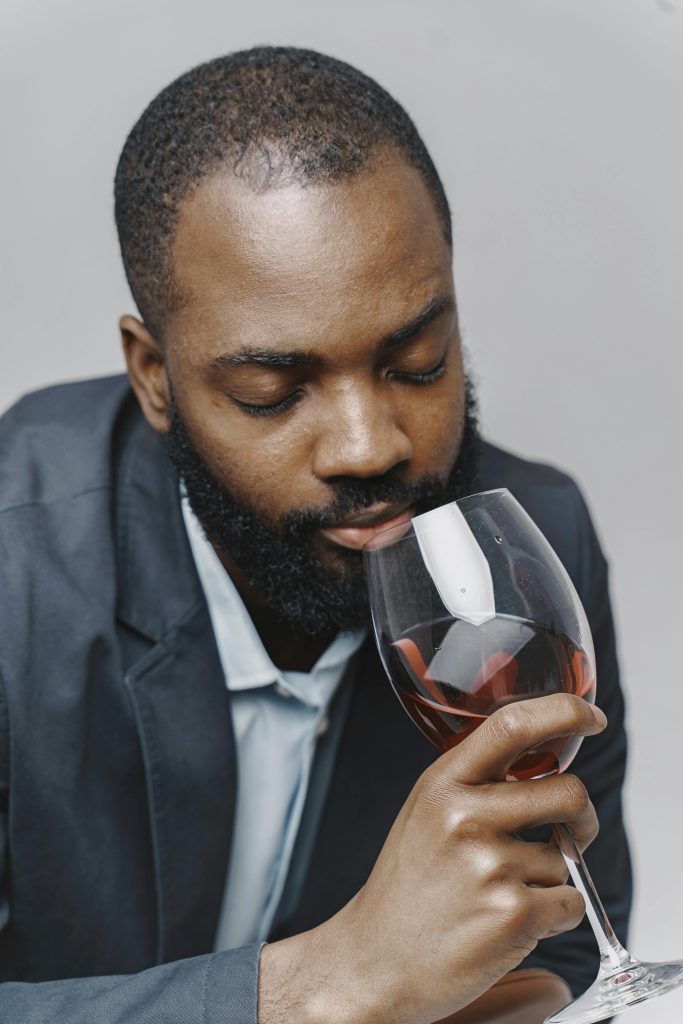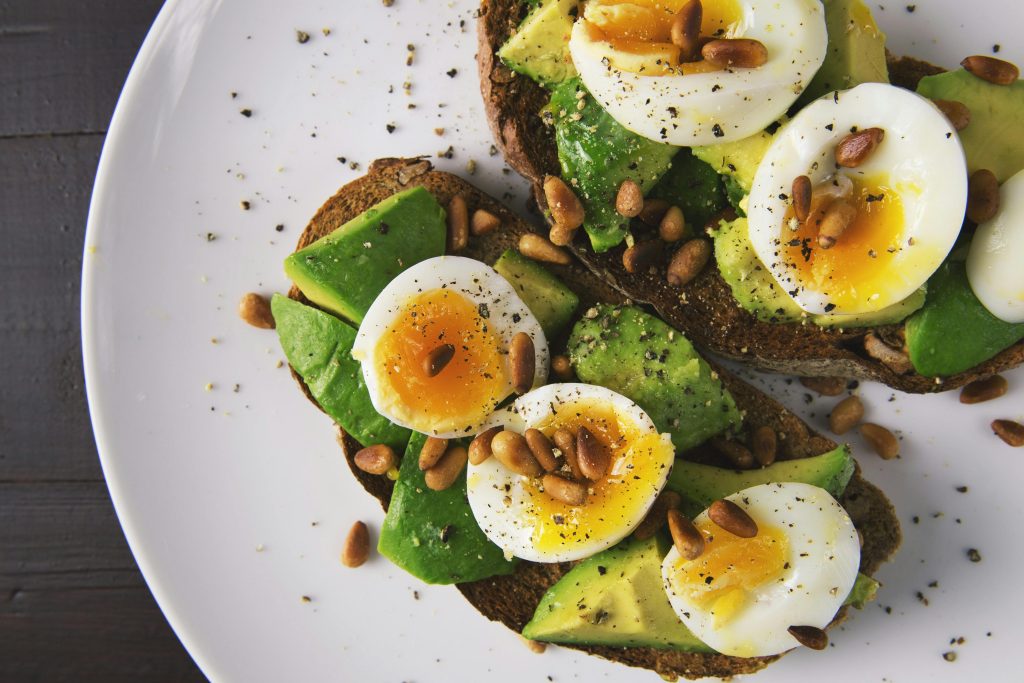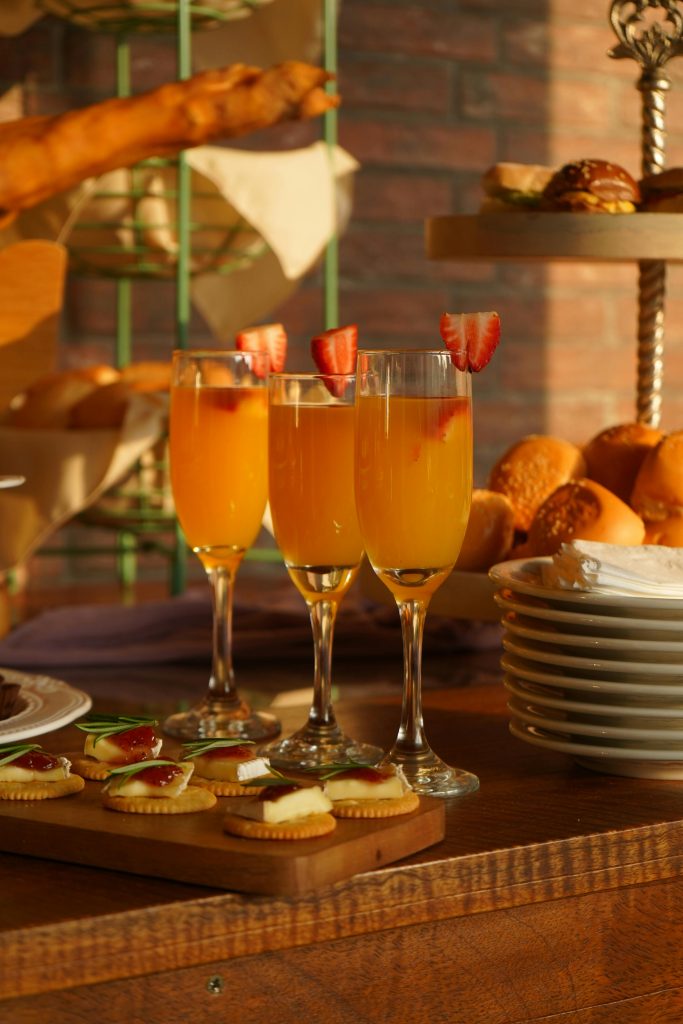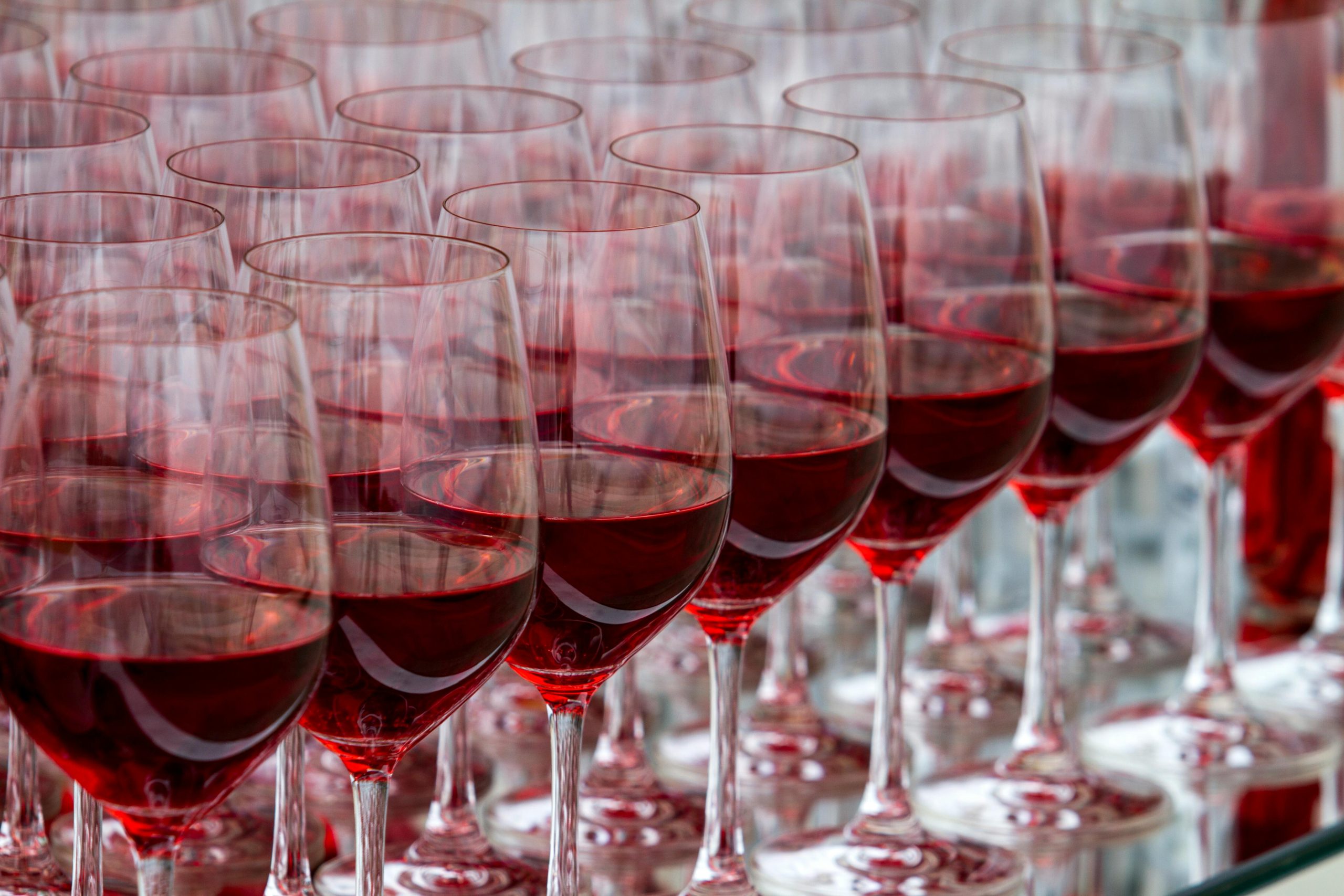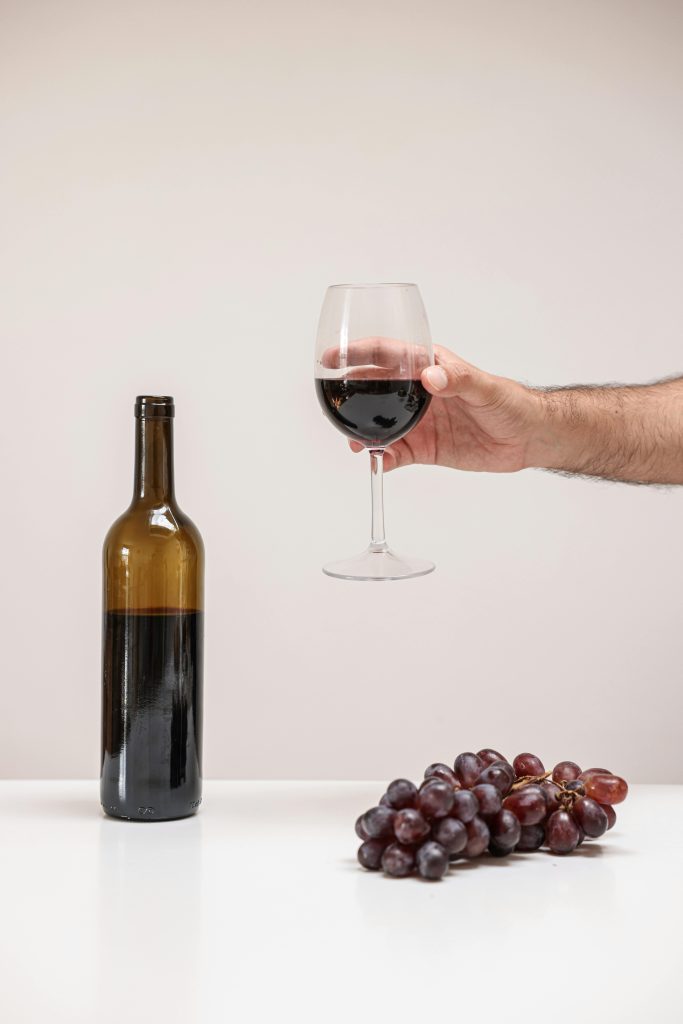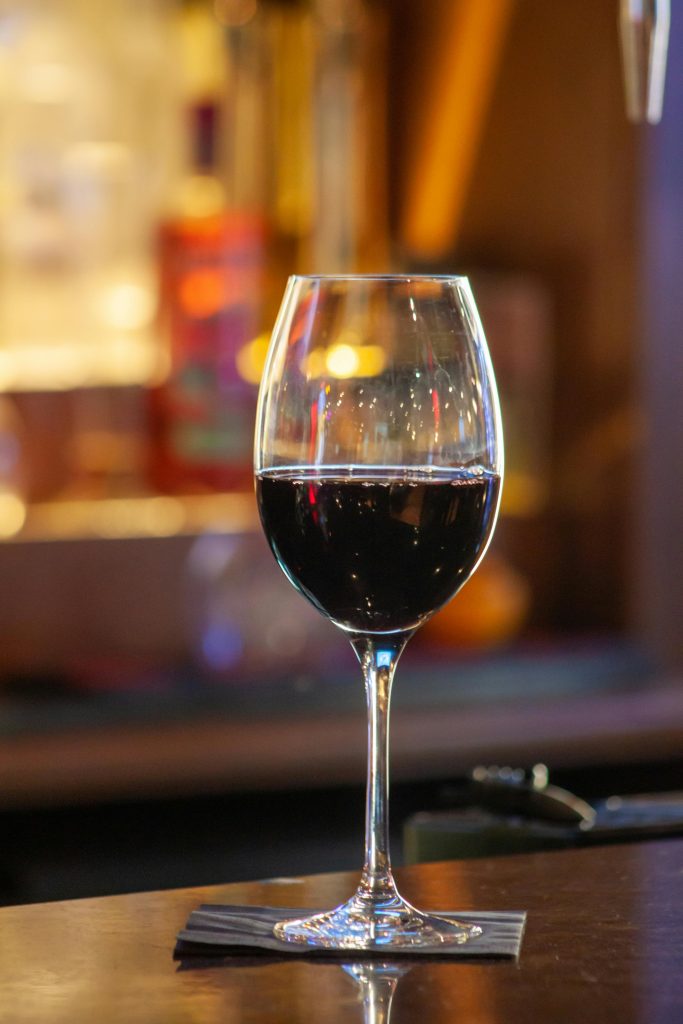Italian Wine Crossword Clue: Solve It by Letter Count

You’re flying through your crossword when you hit this clue: Italian wine. Seems easy enough—until you hit a wall. Is it a sparkling wine? A bold red? And how many letters do you need to make it fit?
“Italian wine” is a favorite among crossword creators because there’s no shortage of answers—and plenty of ways to stump you. The key is to match the clue with the number of letters the puzzle gives you. That narrows your choices fast, and from there, it’s just a matter of filling in the grid.
Let’s break down the most likely answers by letter count, so next time this clue shows up, you’ll know exactly what to pour into those blank squares.
Why “Italian Wine” Is a Common Crossword Clue
Italy is one of the oldest and most prolific wine-producing countries in the world. From the hills of Tuscany to the slopes of Mount Etna, there are hundreds of wine styles—and many have short, distinct names that fit perfectly into crossword puzzles.
These clues don’t just test your wine knowledge—they test your ability to match word length, region hints, and spelling precision. Let’s simplify it.
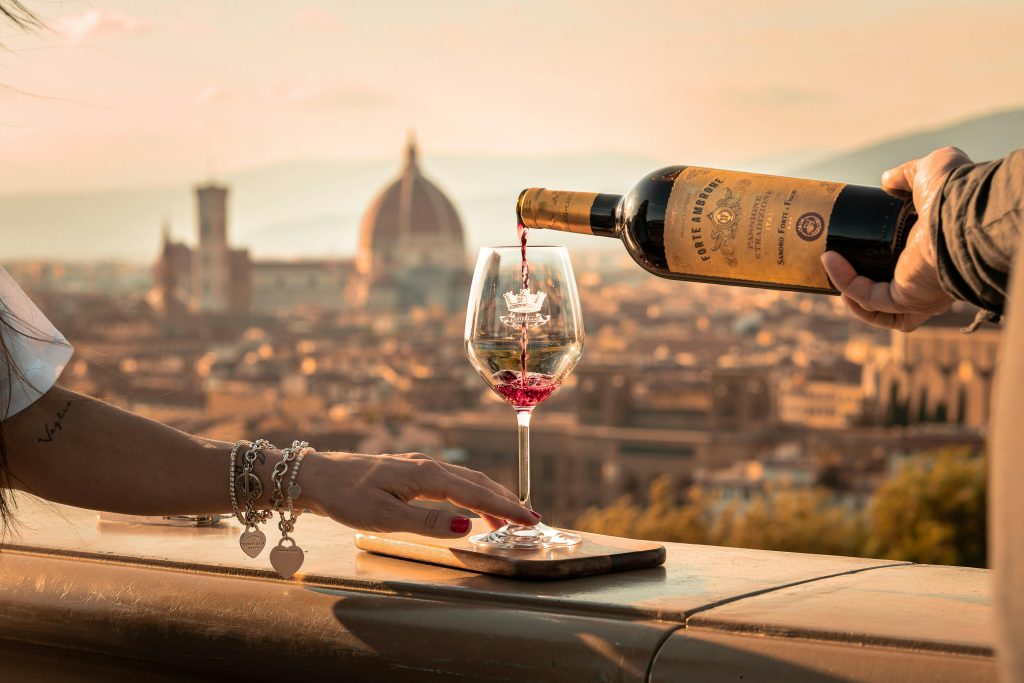
Let’s Solve It by Letter Count
When a crossword clue gives you a letter count—like Italian wine (6)—you’re already ahead of the game. Here’s a breakdown of real Italian wine names that show up in puzzles, listed by how many letters they actually contain.
Italian Wine with 4 Letters
1. ASTI
Asti is a sweet, sparkling white wine from Piedmont, made from Moscato grapes. If your puzzle hints at “Italian bubbly” or “sweet Italian wine,” this is a solid pick for four letters.
2. ETNA
Etna wine comes from the volcanic slopes of Mount Etna in Sicily. If the clue leans geographic—like “Sicilian wine” or “volcanic region wine”—this could be your answer.
Italian Wine with 5 Letters
1. SOAVE
Soave is a dry white wine from the Veneto region, known for being crisp, refreshing, and food-friendly. Clues like “Italian white wine” or “Veneto wine” point you in this direction.
Italian Wine with 6 Letters
1. BAROLO
One of Italy’s most prestigious reds, Barolo hails from Piedmont and is made with Nebbiolo grapes. It’s full-bodied, tannic, and a top pick for clues like “Italian red wine” or “Wine from Piedmont.”
2. BRUNEL
An uncommon crossword abbreviation of Brunello, which doesn’t technically stand alone, but may appear in some tight grids. Most puzzles prefer full names, so treat this one as rare.
Italian Wine with 7 Letters
1. CHIANTI
This famous Tuscan red is made primarily from Sangiovese grapes. It shows up often in puzzles. Clues might include “Tuscany wine,” “Classic Italian red,” or just “Italian wine (7).”
2. MARSALA
A fortified wine from Sicily, Marsala is known both as a sipping wine and a staple in Italian cooking. If your clue says “Sicilian wine” or “Wine used in chicken dishes,” this one fits.
3. AMARONE
A dry red wine from Veneto, made from partially dried grapes. Amarone is known for its rich, bold style. Clues may say “Italian red wine” or “Wine from dried grapes.”
4. BRUNELLO
Brunello di Montalcino is a top-tier Tuscan red wine. In puzzles, it’s typically shortened to just “Brunello.” If the clue suggests “Aged Tuscan wine” or “Sangiovese-based wine,” this is your match.
Italian Wine with 8 Letters
1. LAMBRUSCO
Lambrusco is a slightly sparkling red wine from Emilia-Romagna. Fruity, fresh, and fun, it occasionally shows up in crossword grids. Clues might say “Sparkling red wine” or “Fizzy Italian wine.”
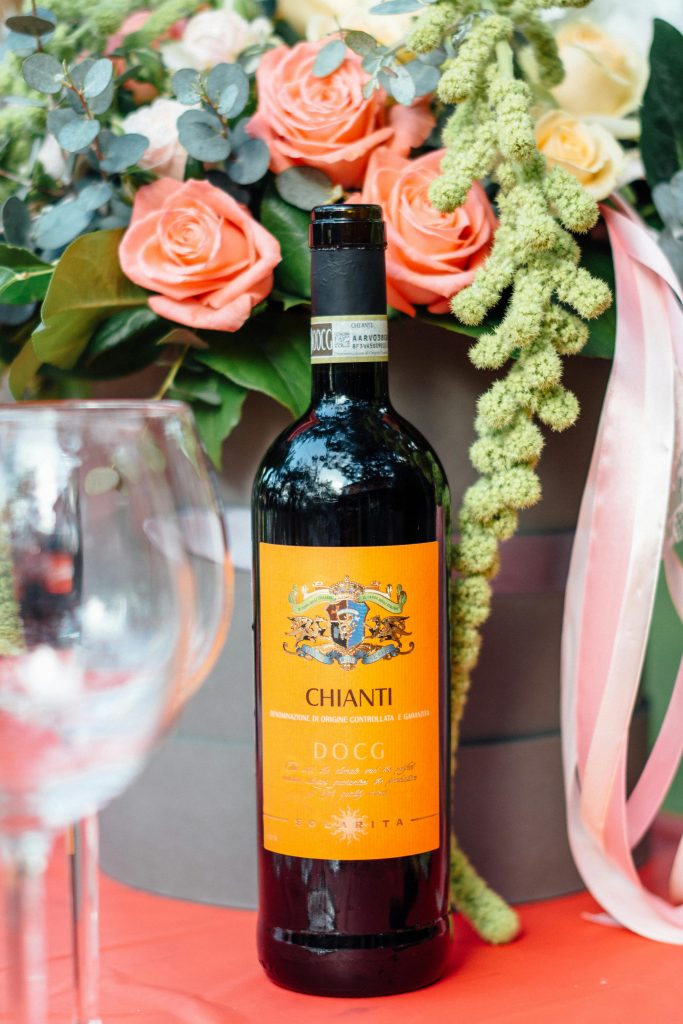
Quick Reference Table
| Letters | Wine | Possible Clue or Hint |
|---|---|---|
| 4 | ASTI | “Italian sparkling wine” |
| 4 | ETNA | “Sicilian wine” |
| 5 | SOAVE | “Dry white wine from Veneto” |
| 6 | BAROLO | “Bold red wine from Piedmont” |
| 7 | CHIANTI | “Famous Tuscan wine” |
| 7 | MARSALA | “Fortified Sicilian wine” |
| 7 | AMARONE | “Red wine from dried grapes” |
| 7 | BRUNELLO | “Aged wine from Tuscany” |
| 8 | LAMBRUSCO | “Sparkling red from Emilia-Romagna” |
Why the Exact Letter Count Matters
In crosswords, one letter makes or breaks your whole answer. Some puzzles play loose with abbreviations, but most require the full, correct spelling—especially for wine names. That’s why checking the letter count is your fastest way to eliminate wrong answers and focus on what fits.
Crossword-Solving Tips for Wine Clues
- Use what you know. ASTI, CHIANTI, and BAROLO are the most common puzzle answers.
- Start with geography. Piedmont = Barolo or Asti; Tuscany = Chianti or Brunello.
- Check for food clues. “Cooking wine” means Marsala. “Dry white” might mean Soave.
- Double-check spelling. No accents in most puzzles. Stick to basic Roman letters.
- Think fizz. “Sparkling” usually means Asti or Lambrusco.
Bullet Recap
- 4 Letters: ASTI, ETNA
- 5 Letters: SOAVE
- 6 Letters: BAROLO
- 7 Letters: CHIANTI, MARSALA, AMARONE, BRUNELLO
- 8 Letters: LAMBRUSCO

Final Thoughts: Pour, Pencil, Solve
Italian wine crossword clues may seem simple, but they’re a sommelier’s dream and a solver’s challenge. With this letter-count breakdown, you can go from stuck to solved in seconds. Whether it’s Chianti or Asti filling your grid (or your glass), the key is to think regional, count letters, and stay flexible.
📌 Where to Go Next
If you’re enjoying this crossword-and-wine journey, you might also love:
- 👉 French Wine Region Crossword Clue: Solve It by Letter Count – A helpful breakdown of French wine regions by letter count to get you through those Burgundy and Bordeaux brain-teasers.
- 👉 Sweet Wine Crossword Clue: Solving the Puzzle by Letter Count – Whether it’s Port, Tokay, or Sauterne, this guide helps you find the perfect sugary sip for your puzzle grid.

